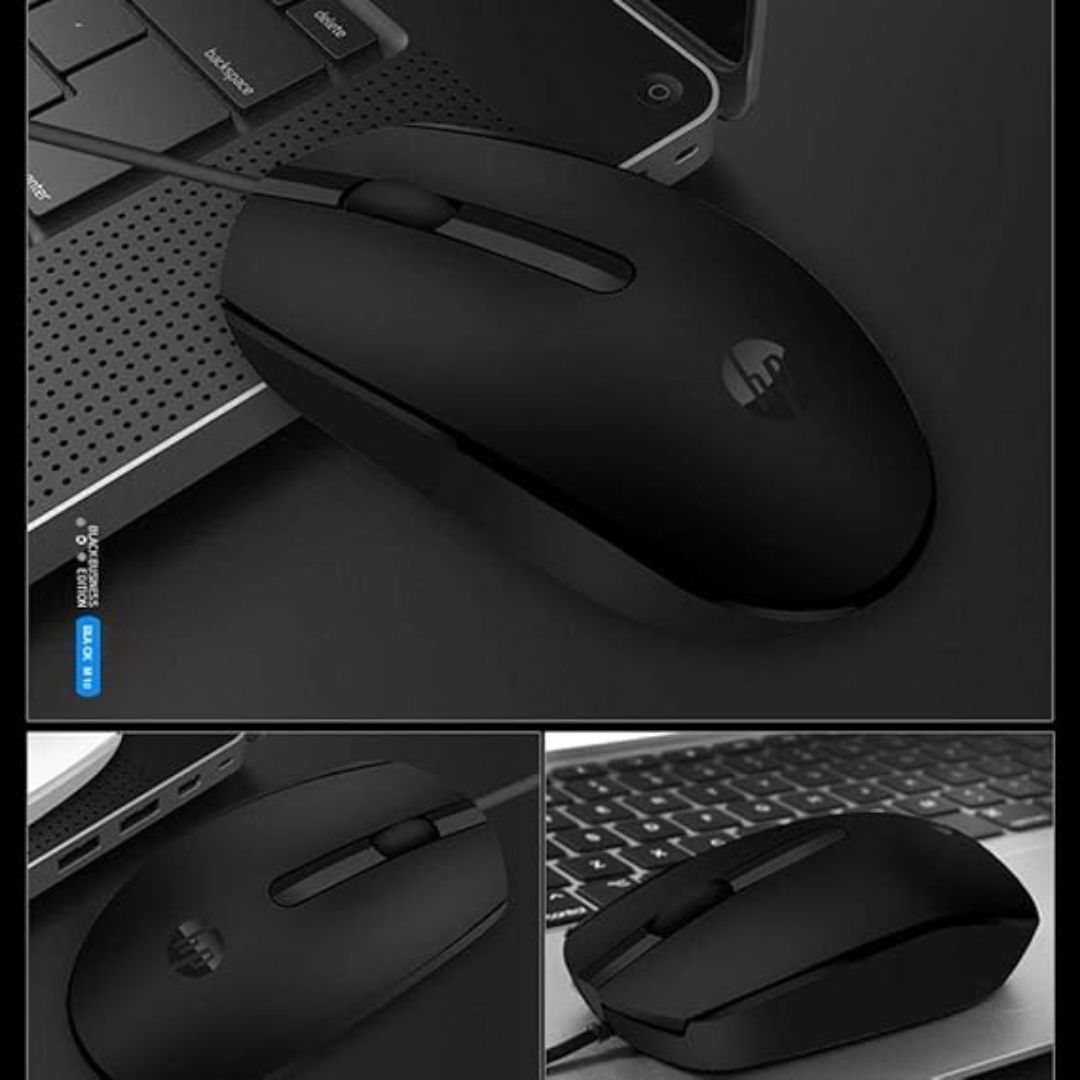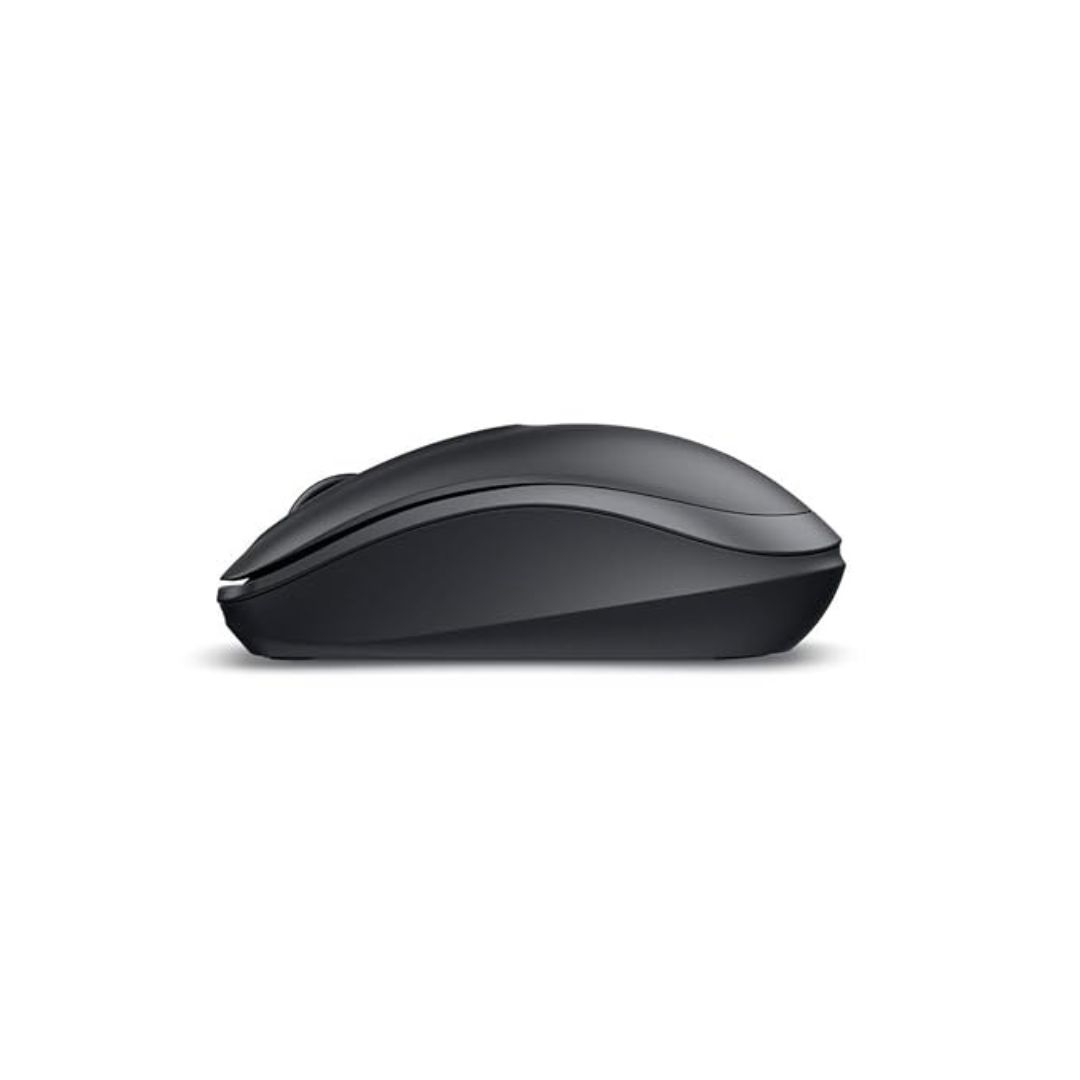
A Simple Guide to Picking the Right Mouse Leave a comment
Choosing the Best Mouse: A Quick Guide
Here’s the deal with different types of mouse. First off, there’s the classic wired mouse. They’re reliable, plug right in, and usually the most budget-friendly. On the other hand, wireless mouse give you freedom from cords, which is nice, but you gotta make sure they’re charged up.


Now, the speed of a mouse, or how fast the cursor moves on your screen, is measured in DPI (dots per inch). More DPI means the cursor moves a longer distance with a shorter mouse movement. Most mouse come with adjustable DPI settings, so you can tweak it to your liking.
Optical mouse are the most common these days. They use light to track movement and work well on most surfaces. Laser mouse are a bit more precise, especially on tricky surfaces, but they can be pricier.
For most people, a good optical mouse with adjustable DPI is perfect. If you’re a gamer or graphic designer needing super-precise control, a laser mouse might be a better fit.
Ergonomics matter a lot, especially if you use your computer for long hours. Look for a mouse that fits comfortably in your hand and has a good balance of buttons and features. Some mouse even come with adjustable weights to customize the feel.
Also, think about what you’ll be using the mouse for. If you’re a gamer, you might want a mouse with extra buttons for macros and stuff like that. For general use, a simple mouse with a scroll wheel is probably fine.
Here’s what you need to think about when choosing a mouse:
- Comfort: The mouse should fit your hand well and feel natural to use.
- Grip style: Some people like a palm grip, others prefer claw grip or fingertip grip.
- Buttons: Consider how many buttons you need. Extra buttons can be handy for shortcuts and macros.
- Weight: Some people prefer a heavier mouse for stability, while others like a lighter one for faster movement.
- Sensor: Optical sensors are usually good enough, but laser sensors can be more precise.
- DPI: Make sure the mouse has adjustable DPI so you can customize the cursor speed.
- Wired vs. wireless: Wired mice are more reliable, but wireless mice offer freedom of movement.
Wired mosue connect directly to your computer/ laptop via a USB port, offering reliable performance without the need for batteries. Wireless mouse provide freedom from cords but require charging or battery replacements.
For gaming, a mouse with adjustable DPI settings, extra programmable buttons, and a comfortable grip is ideal. Many gamers prefer a laser mouse for its precision on various surfaces.
Optical mouse are suitable for most users and work well on most surfaces. Laser mouse offer greater precision, especially on reflective or glossy surfaces, but they can be more expensive.
DPI (dots per inch) measures how far the cursor moves on-screen based on physical movement of the mouse. Higher DPI means faster cursor movement, allowing for more precise control, especially in tasks like gaming or graphic design.
An ergonomic mouse should fit comfortably in your hand, support your wrist, and minimize strain during long hours of use. Look for adjustable weights, customizable buttons, and a shape that matches your grip style.













On this site, find a variety internet-based casino sites.
Interested in classic games latest releases, there’s a choice to suit all preferences.
The listed platforms are verified for safety, enabling gamers to bet securely.
1xbet
What’s more, the platform offers exclusive bonuses along with offers for new players and loyal customers.
With easy navigation, locating a preferred platform takes just moments, making it convenient.
Be in the know on recent updates by visiting frequently, as fresh options come on board often.